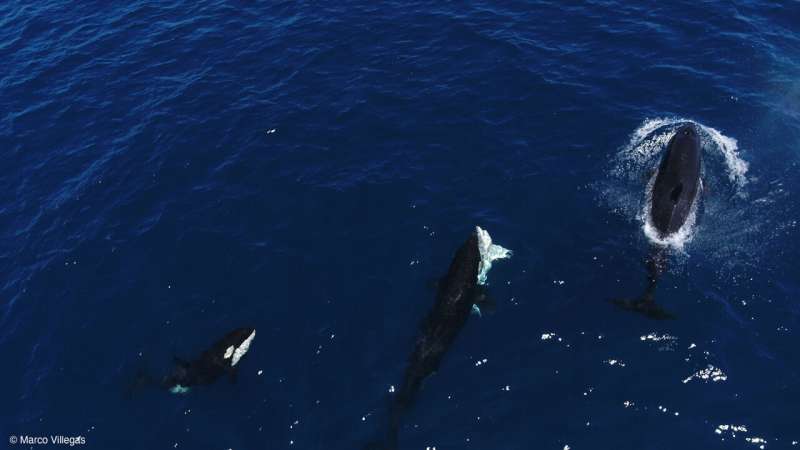Scientists have sequenced the oldest known RNA from a juvenile mammoth named Yuka, who lived approximately 40,000 years ago in what is now northeastern Siberia. This significant discovery sheds light on the final moments of this extinct creature’s life, offering insights into its biological processes at the time of death. The RNA was extracted from exceptionally preserved mummified leg tissue, frozen in permafrost since the mammoth perished.
The research, led by a team that includes Love Dalén, a professor at the Centre for Palaeogenetics in Stockholm, was published in the scientific journal Cell. The RNA allows researchers to determine which genes were active in Yuka’s body at the time of its death. Dalén explained, “All the cells in an organism have the same DNA, so what makes these cells different from each other is essentially the RNA.” This finding opens up new avenues for understanding ancient life forms and their biological functioning.
Unlike DNA, which can survive for over a million years, RNA has traditionally been regarded as a more fleeting molecule. This research marks a breakthrough as it examines RNA from 10 samples of mammoth tissue, including muscle and skin, with only three yielding fragments of RNA. Notably, Yuka’s sample was the only one that provided detailed sequencing data about the animal’s gene activity, highlighting the potential for further discoveries in well-preserved specimens.
Within the data, researchers identified both messenger RNA, which is crucial in coding proteins, and microRNA, which regulates gene activity. Emilio Mármol Sánchez, the study’s lead author and a postdoctoral researcher at the University of Copenhagen, stated, “We do hypothesize that this animal was close to death, and this is manifested in the metabolism of the muscle.” The research indicated a predominance of slow-twitch muscle fibers in Yuka’s tissue, suggesting the muscle was still active before death.
Researchers identified specific proteins, including titin, associated with muscle elasticity, and nebulin, which plays a role in skeletal muscle contraction. Marc Friedländer, a coauthor of the study, remarked that the muscle-specific microRNAs found in Yuka’s tissues provide direct evidence of gene regulation occurring in ancient times, making this achievement unprecedented.
The implications of this research extend beyond understanding mammoths. The techniques developed could provide insights into evolutionary biology, including ancient viruses that exist solely in RNA form, such as the virus responsible for Covid-19. Additionally, the methodologies could assist efforts to revive extinct species by informing genetic editing strategies.
Dalén, who previously sequenced the world’s oldest mammoth DNA, expressed optimism about the potential for these techniques to advance scientific research. He believes that as methods improve, RNA recovery could become a standard practice in studying ancient organisms. “There are lots of labs around the world excited about RNA, and I’m sure we’re going to develop much better methods,” he noted.
While this study represents a significant advancement in the field, experts caution against overestimating the potential of RNA research. Erez Lieberman Aiden, a professor at the University of Texas Medical Branch, remarked that while the findings are impressive, it remains uncertain whether RNA will become a major repository of information about extinct organisms, akin to DNA.
This pioneering research not only enhances our understanding of mammoths but also paves the way for future investigations into the biological processes of ancient life forms. As scientists continue to decode the mysteries of the past, the study of RNA will likely play an increasingly critical role in revealing the intricacies of evolution and extinction.







